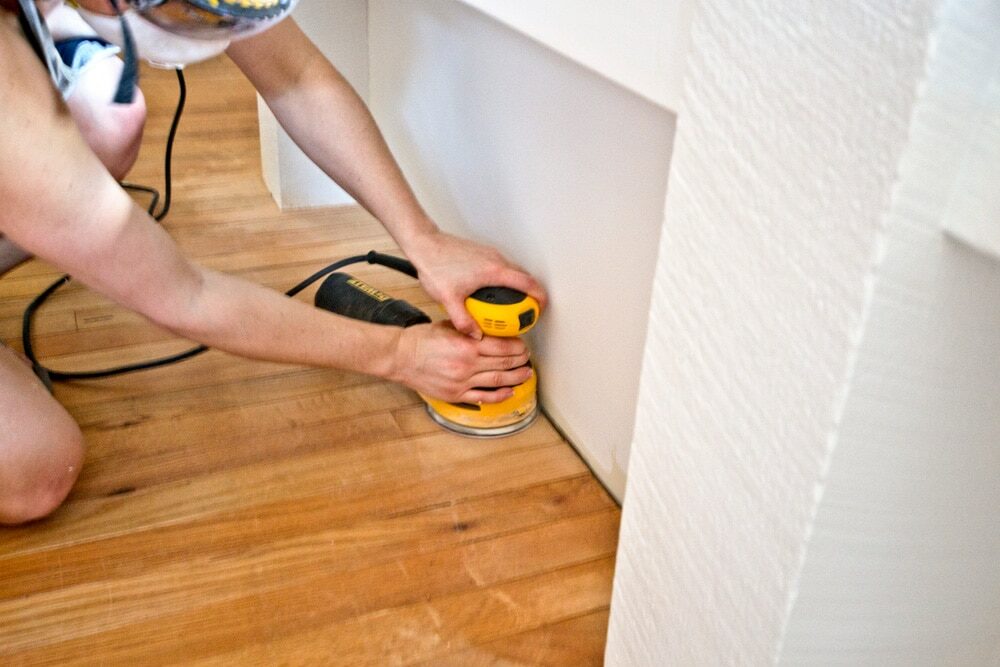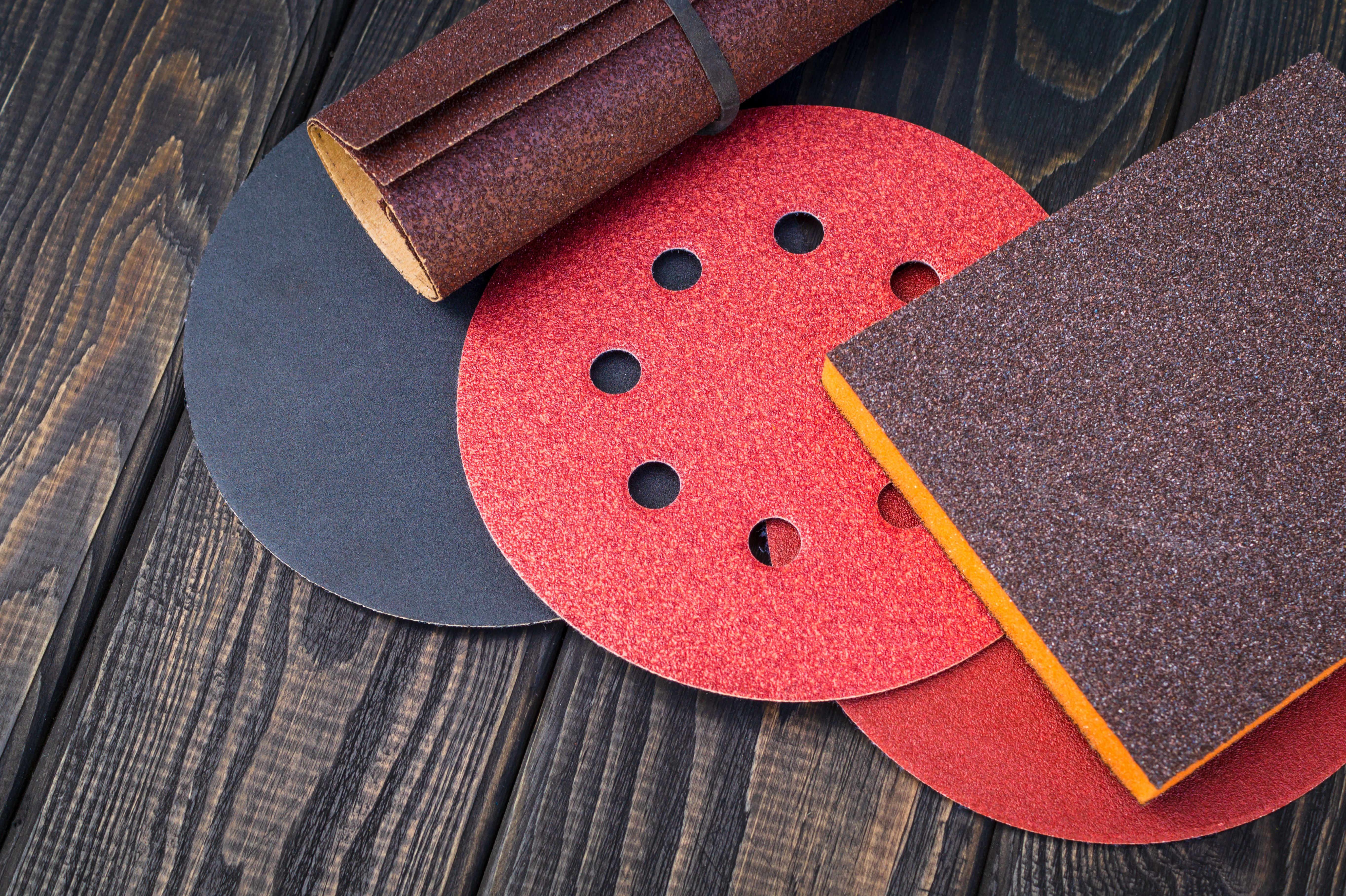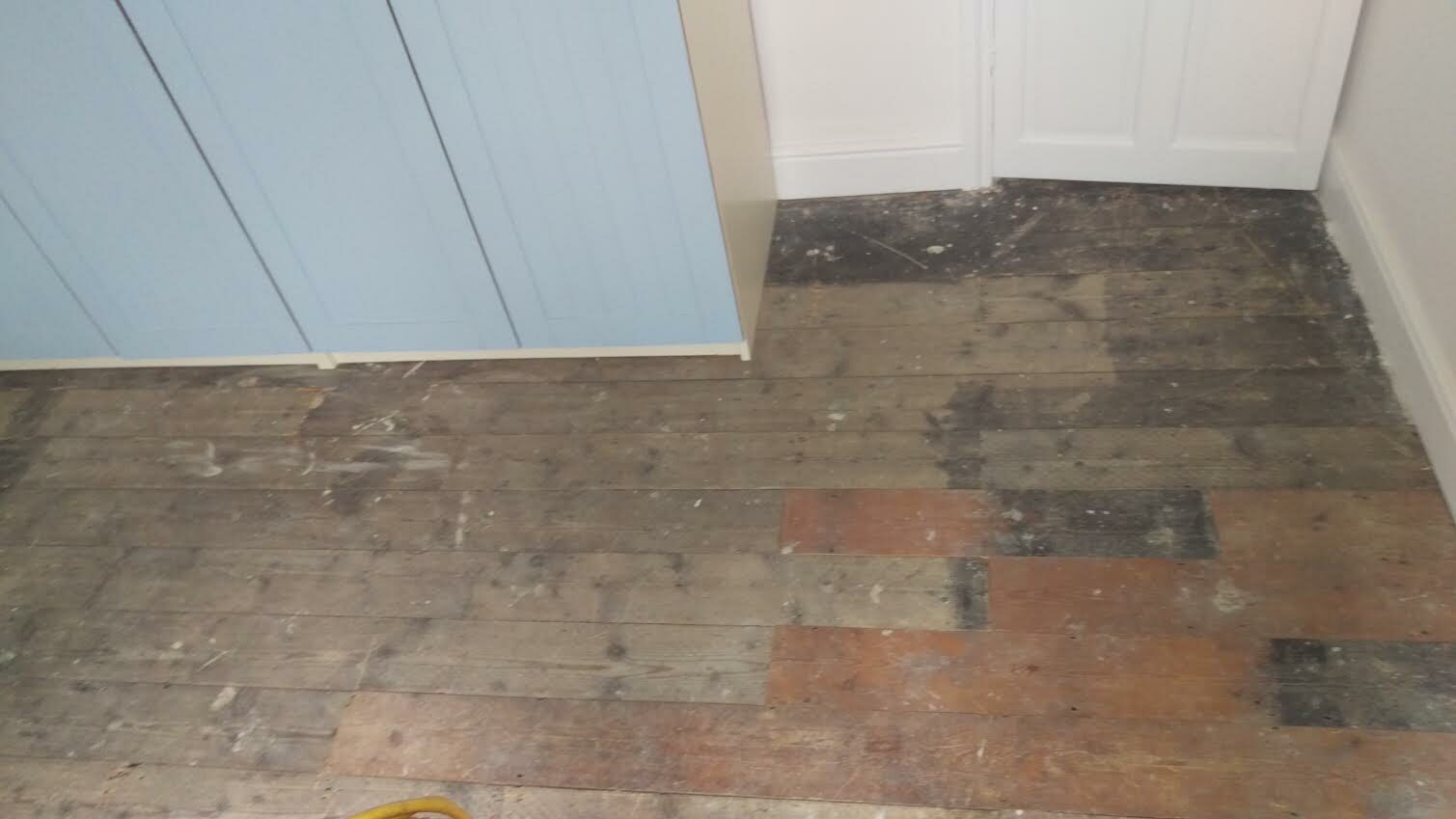London:
Nationwide:
The Effects of Edge Sanding on Different Wood Types
Posted on September 8, 2023
Edge sanding
The Profound Influence of Edge Sanding on Various Wood Species: A Nod to Reeves
In an era where authenticity, quality, and craftsmanship are highly revered, it becomes increasingly imperative to delve deep into the intricacies of woodworking. This time-honored craft has graced our history for centuries. Amidst the pantheon of woodworking techniques, edge sanding is of profound significance. It is, in essence, a process that aspires to bring perfection to the raw, rugged edges of the wood, bestowing upon them a finesse that speaks volumes about craftsmanship. Much in the style of Rosser Reeves, a man who believed in the firm principle of straightforwardness yet deep attention to detail, this discourse aims to unmask the nuances and effects of edge sanding on an assortment of wood species, unfurling a tale that pays homage to the diligence and expertise that woodworking necessitates.
Laying the Foundation: Understanding Edge Sanding
Before we embark upon this enriching journey, it would be judicious to shed light on the essence of edge sanding. Often regarded as an artisan skill, this practice entails the meticulous shaping, smoothing, and finishing of wood edges, transforming them into pieces of sheer beauty and functionality. In this process, the minutiae matter significantly, much like how Reeves would approach his advertising undertakings with precision and purpose. To fully comprehend the implications of edge sanding, we need to immerse ourselves in the diverse world of wood species. The uniqueness of each species lies in its aesthetic disposition and physical characteristics, which react differently to the touch of sandpaper.The Quintessence of Woods: A Comparative Exploration
1. Oak: A Tale of Strength and Elegance
As we delve deeper, our vacation’s first port of call is oak wood. Known for its robust and enduring characteristics, oak is a favorite amongst craftsmen and artisans. Yet, when subjected to the meticulous process of edge sanding, it presents a canvas where both skill and understanding come into play. When the coarse grains of sandpaper graze the oak surface, it’s like witnessing a poetic tussle between strength and finesse. The dense oak fibers demand judicious use of pressure, ensuring the edge embodies a smooth yet sturdy finish. With a grain pattern that is profoundly defined, edge sanding can accentuate the natural lines, lending an artwork-like quality to the edges.2. Pine: The Soft-spoken Poet
In contrast to the formidable nature of oak, pine presents itself as a canvas that is softer and more yielding. With its lighter hues and soft grains, Pine offers a kind of gentleness that is both a boon and a bane regarding edge sanding. The soft fibers necessitate a delicate hand, where the sandpaper almost caresses the surface, smoothing out the edges while preserving the intrinsic patterns that pine is loved for. A gentle dance between the wood and the sandpaper reveals a silky, almost poetic finish, bearing testimony to the soft-spoken nature of pine.
3. Walnut: The Dark Knight of Woods
Walnut, often regarded as the ‘Dark Knight’ amongst woods, symbolizes luxury and opulence. When the edge sander approaches a piece of walnut, it is met with a richness of tight and irregular grains. The nature of walnut wood allows for a transformative journey under the edge sander. The wood embraces the process, revealing a sheen and smoothness that is only regal. The natural dark hues get accentuated, allowing for a visual and tactile experience that is nothing short of royal.
4. Maple: A Symphony of Smoothness
With its refined grains and texture, Maple provides a platform for edge sanding that can only be described as a symphony in motion. The light color palette and the subtle grain patterns respond gloriously to sanding, bringing forth an edge that speaks of smoothness and uniformity. Maple allows for a degree of freedom where the artisan can genuinely explore the nuances of edge sanding, revealing a product that embodies grace and sophistication, an ode to the gentle symphonies of nature.A Ballet of Tools: The Sandpaper Symphony
In the grand theatre of woodworking, sandpaper stands as a prima ballerina, orchestrating a ballet that brings wood to life. The choice of grit, often coarse to ultra-fine, forms the crux of the edge sanding process. Here, the artisan, akin to a maestro, chooses the perfect sandpaper to suit the characteristics of the wood at hand.Coarse Grit: The Prelude
A coarse grit appears in the initial stages of edge sanding, laying the groundwork for what is to come. Here, the sandpaper works diligently, smoothing out the irregularities and preparing the canvas for the finer nuances that follow.
Medium Grit: The Crescendo
As we move forward, medium grit takes center stage, working on the preliminary foundation laid by its predecessor. It works with a sense of purpose, smoothing out the rough edges while paying homage to the natural grain patterns that each wood species brings to the fore.Fine Grit: The Climax
In the final act, the fine-grit sandpaper, a virtuoso in its own right, delivers a performance that speaks of finesse and subtlety. This is where the true magic of edge sanding comes alive, with each stroke bringing forth a sheen that stands as a testament to quality craftsmanship. The Finale: Witnessing the Transformation As we reach the culmination of our journey, it is time to step back and admire the craftsmanship that edge sanding embodies. The edges, once rugged and untamed, now stand transformed, bearing a smoothness that is both visually and tactilely pleasing. Each wood species, be it the robust oak or the gentle pine, tells a tale of transformation, a narrative that speaks of the dance between the raw material and the artisan’s hand, a ballet that brings forth the true essence of woodworking.
In Conclusion: A Homage to Reeves
In a manner resonating with Reeves, who advocated for clear, concise, yet profoundly impactful narratives, the edge-sanding world unravels a simple and profound tale. It is an ode to the craftsmanship that seeks to transform the ruggedness of wood into pieces that embody beauty, functionality, and artistry. In this journey, we have traversed through different realms, witnessed the nuances that different wood species bring to the fore, and unraveled the transformative power of edge sanding. Like a maestro who orchestrates a symphony, the craftsman brings together skill, understanding, and intimate knowledge of wood species to create a masterpiece that is a testament to quality and excellence. So, as we stand at the crossroads of tradition and modernity, let us pay homage to the timeless art of woodworking. This art seeks to bring perfection to the raw, beautiful world of wood through the meticulous, enriching process of edge sanding. An art, a science, a passion that transcends time, bridging the gap between the rugged and the refined, creating a world where beauty meets functionality, a world that pays homage to the very essence of craftsmanship. Let us celebrate the world of woodworking.Some Useful Links:
- Stairs Sanding & Refinishing
- Floor Sanding Services
- School Floor Sanding
- Wood Floor Restorations
- Wood Floor Repairs
- Wood Floor Polishing
More from our Blog:
Choosing the Right Edge Sanding Tool for Your Project Tips for Edge Sanding Wide Plank Flooring How to Avoid Common Mistakes in Edge Sanding Differences Between Edge Sanding and Drum Sanding Techniques for Edge Sanding Hard-to-Reach AreasChoosing the Right Sandpaper for Edge Sanding How to Achieve Professional Results with Edge Sanding The Importance of Edge Sanding in Floor Refinishing Hand Scraping for Parquet Floors: Enhancing the Beauty of Geometric Designs
Sanding
We provide virtually dust-free sanding with our continuous belt machinery with mobile extraction units, giving you a safer environment for your family.
Oiling
This organic finish not only adds beauty to your home but also has exceptional water-repellent characteristics, making it easier to clean and maintain.
Waxing
This natural floor finish offers the softest and most mellow appearance – and leaves your floor able to breath.
Buffing
Using soft buffing machines (and hand-polishing where required) will bring a wonderful sheen to your newly-finished floor.
Repairs
We offer a full assessment of your wooden floors to determine what repairs are needed to provide the perfect working surface for the later stages of sanding, staining and sealing.
Restoration
We offer a comprehensive restoration process designed to address floors that are improperly fitted or damaged over time through wear and tear.
Request a fixed price quote for your wood floor restoration now
Simply enter your postcode below to get started.
Services
Wood Floor Sanding Wood Floor Restoration Wood Floor Scratch Repair Squeaky Wood Floor Repair Parquet Floor Sanding Parquet Floor Restoration Commercial Floor Sanding Church Floor Sanding Community Centre Floor Sanding School Floor Sanding Gap Filling Gap Filling with ResinCopyright © Mr Sander®
Privacy & Cookies Terms & Conditions Complaints Procedure Cancellation Rights Sitemap





